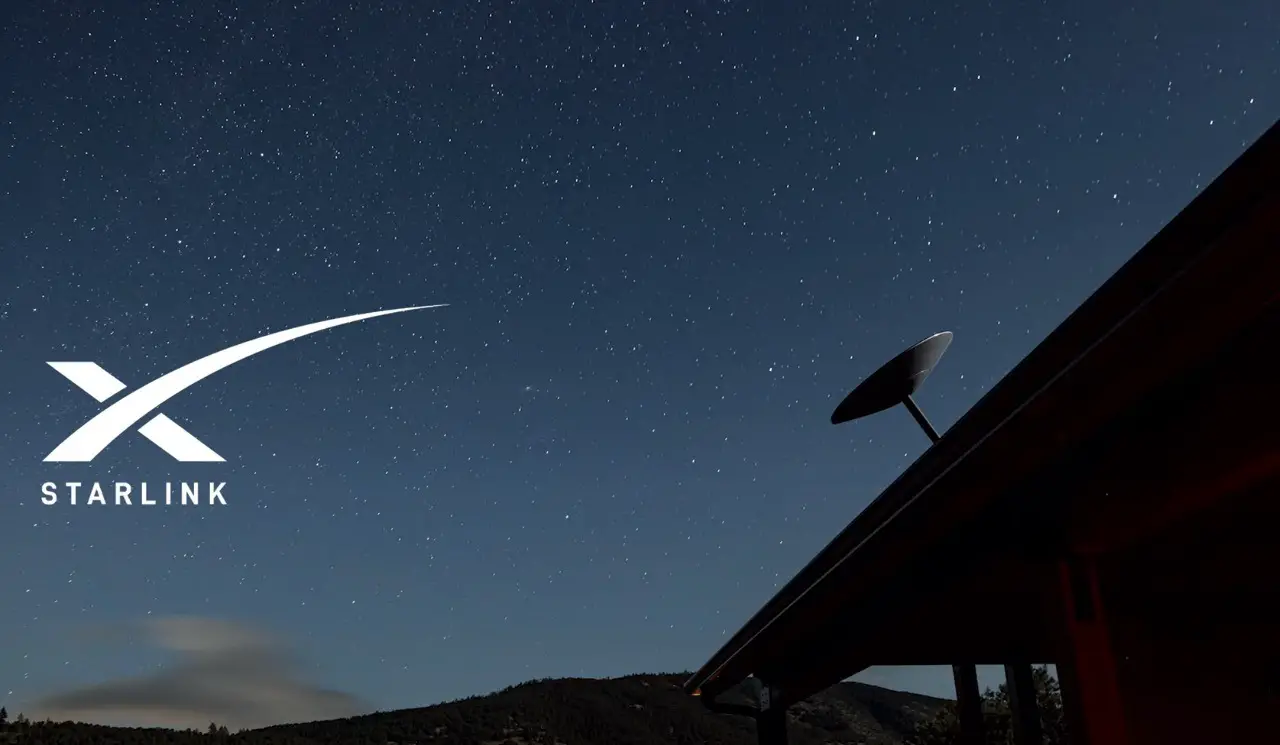Users all around the globe may benefit from SpaceX’s Starlink satellite internet service, which offers an alternative to broadband. However, satellite internet is not recognized for its high speeds. Elon Musk’s Starlink is touted as a solution for those who live in remote locations without access to other forms of internet connectivity – and it is true that in such areas, Starlink provides a fantastic answer to their internet needs.
What is more, is it truly so sluggish when compared to other alternatives, and how does it perform in different regions of the world? According to a new investigation, Starlink may potentially perform better than previously predicted. According to Ookla, a firm renowned for its Speedtest.net service, which allows customers to evaluate their connection speeds from any location in the globe, this information is accurate.
Earlier this year, Ookla conducted a thorough review of Starlink and its rivals, revealing the superior performance of the SpaceX satellite dish when compared to its competitors. Not only are the speeds and coverage in the United States examined, but they are also examined in other nations across the world as part of the study.
Using comparisons to HughesNet and Viasat, the study examines the progress Starlink has achieved during the past two quarters of 2021, as well as the company’s performance is compared to other satellite providers in the United States.
According to Ookla’s investigation, when it comes to downloading speeds, Starlink has significantly outperformed its competition. When compared to HughesNet and Viasat, the median speed has grown from 87.25Mbps to 104.97Mbps from quarter to quarter. This is a significant disparity that can be felt while using the internet, as well as a significant growth over the course of a single quarter-century. Despite this, the median download speed for all fixed broadband in the United States is still faster than Starlink, although by a little margin, at 131.30 megabits per second (Mbps).
The upload performance of Starlink is somewhat poorer than average, and the company has actually seen a decrease in upload speeds over the previous two quarters, dropping from 13.54Mbps to 12.04Mbps. Overall, fixed broadband measurements are still much higher at 19.49Mbps than mobile broadband metrics. For its part, Starlink continues to surpass its satellite rivals, which are following behind with 2.88Mbps and 2.54MHz download speeds respectively.
The performance of Starlink did not remain uniform throughout all regions of the United States, and it fluctuated from county to county. In Florida, residents of Miami Dade County had high download speeds of 191.08Mbps, whereas Columbia County in Oregon received just 64.95Mbps, albeit such a speed is often regarded adequate in distant places, such as rural communities.
In other parts of the globe, Starlink saw similar success, surpassing its rivals in Australia, Austria, Belgium, Brazil, Germany, Ireland, Italy, Mexico, New Zealand, Poland, and Portugal, to name a few countries. It is important to note that in some of these nations, Starlink’s success extends beyond satellite internet to include all fixed broadband choices, implying that it provides consistently fast speeds across the board.
Starlink’s breadth of coverage distinguishes it, and this remains true even after the new research demonstrates that it can also keep up with the competition in terms of speed. However, it is not without its flaws. For starters, Starlink is not inexpensive; the business just released Starlink Premium as an option for more demanding consumers who want faster connection speeds ranging from 150Mbps to 500Mbps, and that service is priced at a stunning $500 per month (plus taxes). However, although the regular Starlink connection costs $100 per month, the speeds are much lower, beginning at 50Mbps and increasing to a maximum of 250Mbps.
Starlink satellites are prone to damage, which is another concern to consider, but one that may not have a direct impact on end-users. In February 2022, geomagnetic storm-damaged dozens of Starlink satellites, causing the network to go down. Even if the firm suffers a significant financial loss as a result of the failure, it charges a premium for its service, which most likely accounts for the probability of satellite failure.
Despite the fact that Starlink is not without flaws, it is steadily climbing the corporate ladder and seems to be providing competitive internet service to those who are prepared to pay the requisite fee. It may never completely displace the internet in metropolitan areas, but for people who reside in or near rural regions, it is unquestionably becoming a more and more acceptable option to broadband.

